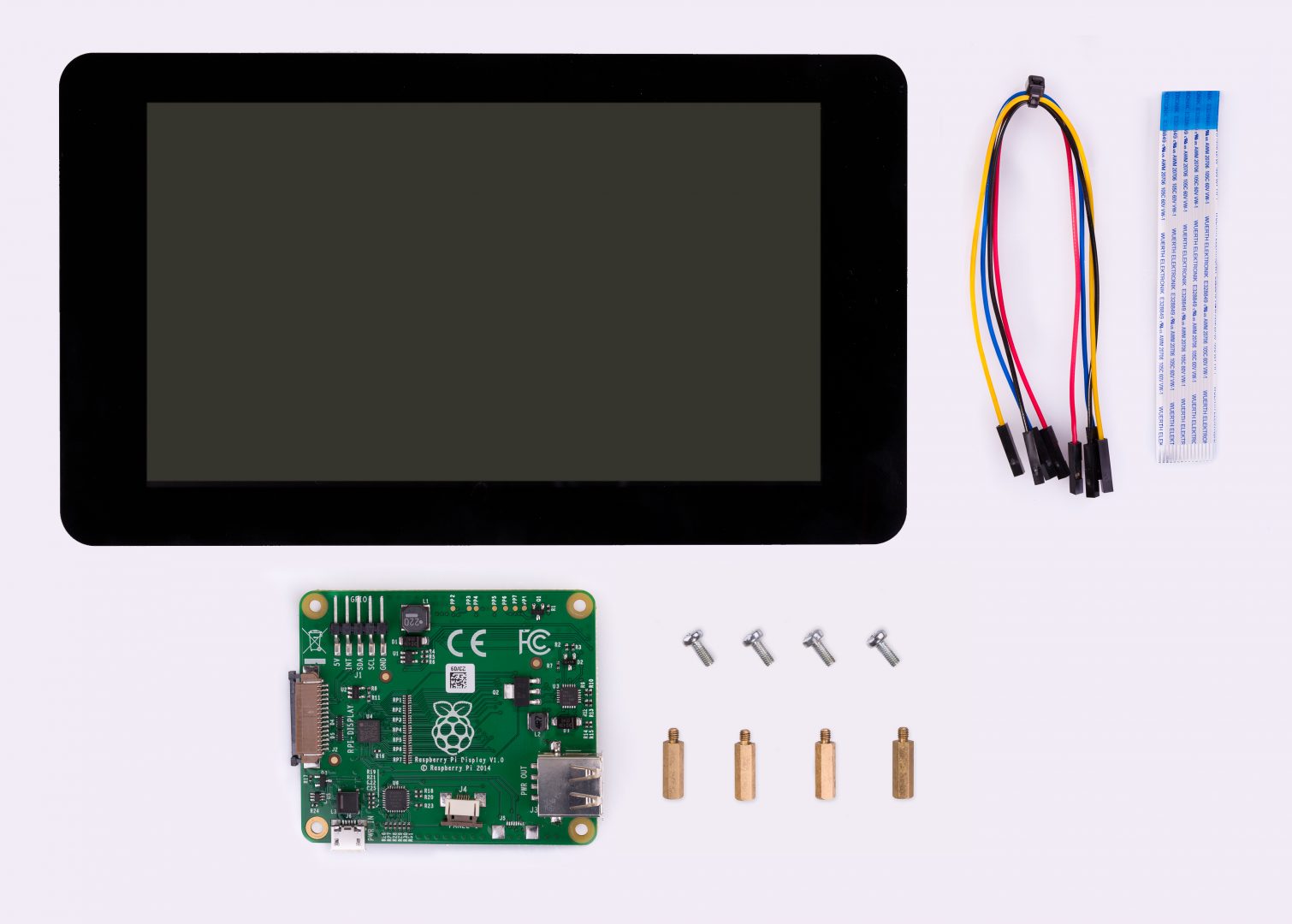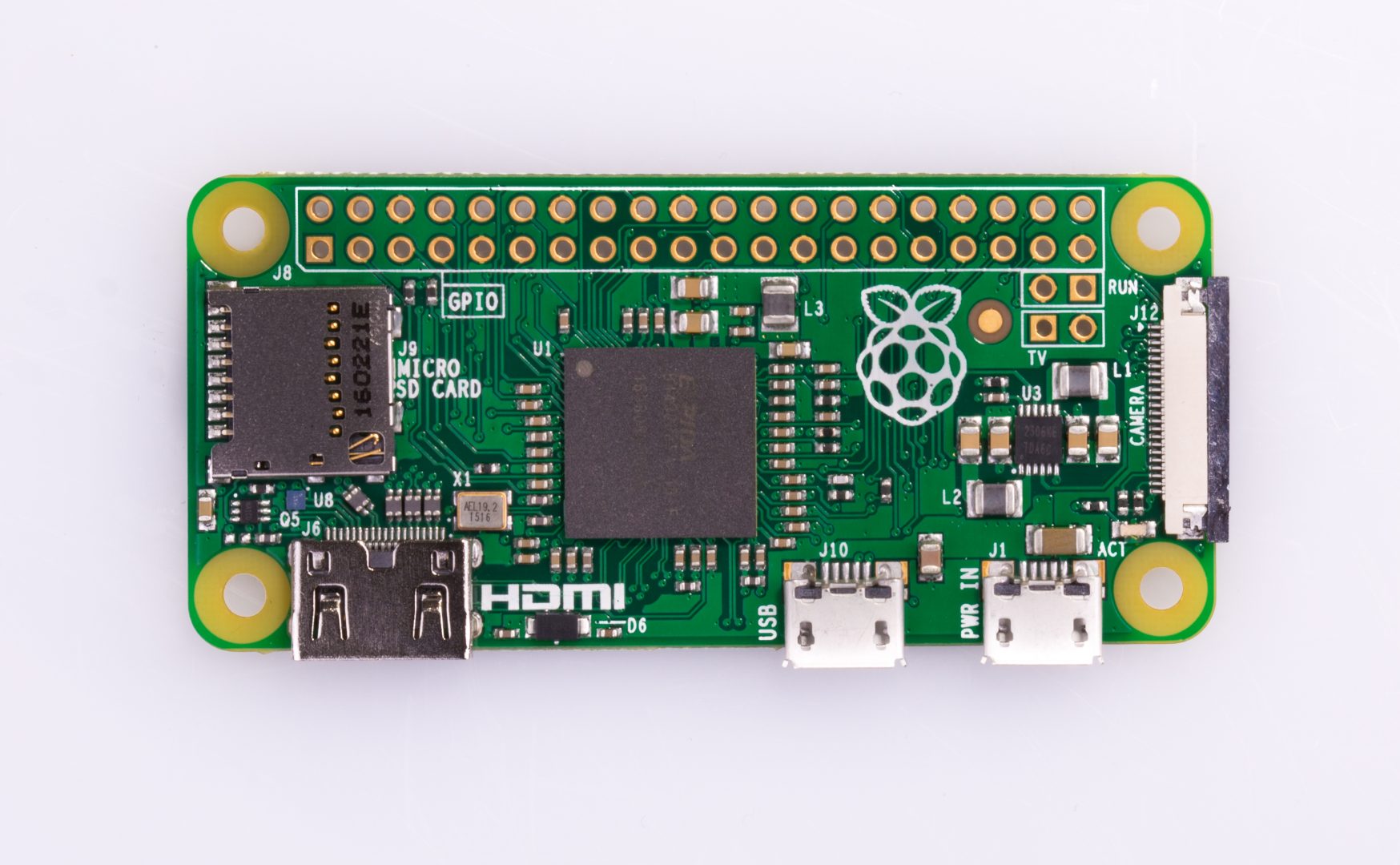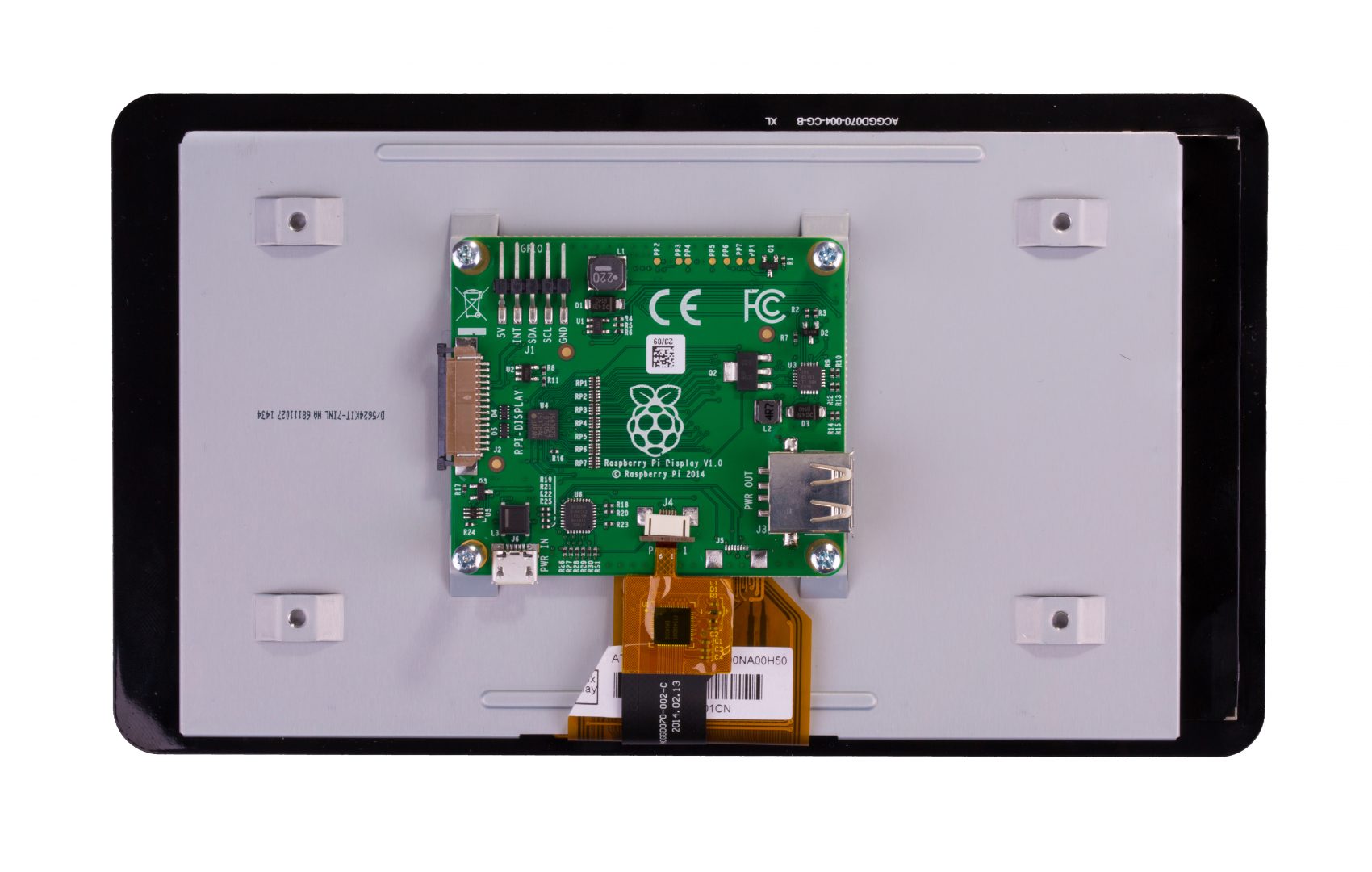Hey there tech enthusiasts! If you've been diving into the world of Raspberry Pi projects, you're probably wondering how to monitor raspberry pi remotely app free. Well, buckle up because we're about to take you on an exciting journey through the ins and outs of remote monitoring. In this guide, you'll learn everything you need to know to keep tabs on your Pi from anywhere in the world, all for free! So, let's get started and make sure your tech game stays strong.
Now, I know what you're thinking – why bother with remote monitoring? Well, imagine being able to check on your home automation system, security cameras, or even your weather station without having to physically be there. Sounds pretty cool, right? And the best part? You don't have to break the bank to do it. There are plenty of free tools and apps out there that make remote monitoring a breeze.
Before we dive deeper, let's clarify something. Remote monitoring isn't just about keeping an eye on your hardware. It's about ensuring your projects are running smoothly, troubleshooting issues, and even making updates on the fly. Whether you're a hobbyist or a professional, having this skill in your toolkit can save you time, money, and a whole lot of headaches. So, let's explore how you can monitor raspberry pi remotely app free and take your tech expertise to the next level.
Read also:Who Is Dominic Mysterios Real Father Unveiling The Mystery Behind Wwes Enigma
Why Monitor Raspberry Pi Remotely?
Alright, let's talk turkey. Why should you even bother with remote monitoring? In today's fast-paced world, convenience is king. Imagine being able to check on your Raspberry Pi setup from the comfort of your couch or even while you're on vacation. Sounds like a dream, doesn't it? But it's more than just convenience. Remote monitoring gives you peace of mind knowing that your projects are running smoothly, even when you're not around.
For instance, if you're running a home security system powered by your Pi, being able to monitor it remotely means you can respond to any issues instantly. Or, if you're managing a weather station, you can check the data in real-time without having to trek outside in the rain. The possibilities are endless, and the benefits are undeniable.
What You Need to Monitor Raspberry Pi Remotely
Now that you're convinced about the importance of remote monitoring, let's talk about what you'll need to get started. First things first, you'll need a Raspberry Pi, obviously. But beyond that, you'll also need a stable internet connection, a power source, and a few software tools. Don't worry, we'll break it all down for you.
Here's a quick list of essentials:
- Raspberry Pi (any model will do)
- Power supply
- MicroSD card with an operating system installed
- Internet connection
- SSH client (we'll cover this in detail later)
- A mobile device or computer to access your Pi remotely
Understanding the Basics of SSH
SSH, or Secure Shell, is the backbone of remote monitoring. It's a protocol that allows you to securely connect to your Raspberry Pi from another device. Think of it as a secret tunnel that lets you access your Pi's command line interface from anywhere. Sounds fancy, right? But don't worry, it's actually pretty straightforward.
To get started with SSH, you'll need to enable it on your Raspberry Pi. This can usually be done through the Raspberry Pi Configuration tool. Once enabled, you can use an SSH client like PuTTY (for Windows) or simply the terminal (for macOS and Linux) to connect to your Pi. Easy peasy, right?
Read also:Alexandra Eber The Rising Star Whos Turning Heads In Hollywood
How to Enable SSH on Your Raspberry Pi
Let's walk through the steps to enable SSH on your Raspberry Pi. First, boot up your Pi and log in. Then, open the terminal and type in the following command:
sudo raspi-config
From there, navigate to the "Interfacing Options" menu and select "SSH." Follow the prompts to enable SSH, and you're good to go. Simple as that!
Free Apps for Remote Monitoring
Now, let's talk about the fun part – the apps. There are plenty of free apps out there that make remote monitoring a breeze. Some of the most popular ones include:
- TeamViewer
- AnyDesk
- VNC Viewer
- Remotely
Each of these apps has its own strengths and weaknesses, so it's worth trying a few to see which one works best for you. For example, TeamViewer is great for beginners because it's user-friendly and packed with features. On the other hand, VNC Viewer is a lightweight option that's perfect for more experienced users.
TeamViewer: The Swiss Army Knife of Remote Access
Let's take a closer look at TeamViewer. This app is like the Swiss Army knife of remote access tools. It's easy to set up, works on multiple platforms, and offers a ton of features. Plus, it's free for personal use, which is always a plus.
To get started with TeamViewer, you'll need to download and install it on both your Raspberry Pi and the device you'll be using to access it remotely. Once installed, simply enter the ID and password displayed on your Pi into the TeamViewer app on your other device, and you're good to go.
Setting Up VNC for Remote Access
Another popular option for remote monitoring is VNC. VNC, or Virtual Network Computing, allows you to remotely control your Raspberry Pi's desktop environment. It's a bit more technical than some of the other options, but it's also more lightweight, which can be a big advantage if you're working with limited resources.
To set up VNC, you'll need to install the VNC Server software on your Raspberry Pi. This can be done through the terminal using the following command:
sudo apt-get install realvnc-vnc-server realvnc-vnc-viewer
Once installed, you can use the VNC Viewer app on your other device to connect to your Pi. Just enter the IP address of your Pi, and you'll be able to access its desktop environment remotely.
Tips for Optimizing VNC Performance
While VNC is a great tool, it can sometimes be a bit slow, especially if you're working with a limited internet connection. Here are a few tips to help you optimize its performance:
- Use a lower screen resolution
- Disable desktop effects
- Close unnecessary programs on your Pi
Monitoring Raspberry Pi from Mobile Devices
Let's face it, we're all glued to our phones these days. So, why not use them to monitor your Raspberry Pi? There are plenty of apps available that allow you to access your Pi from your mobile device. Some of the most popular ones include:
- VNC Viewer
- TeamViewer
- AnyDesk
These apps work similarly to their desktop counterparts, allowing you to access your Pi's command line interface or desktop environment from anywhere. Just download the app, enter your Pi's IP address or ID, and you're good to go.
Using VNC Viewer on Mobile
VNC Viewer is one of the most popular apps for mobile remote access. It's available for both iOS and Android and offers a user-friendly interface that makes it easy to connect to your Pi. Plus, it's free, which is always a bonus.
To use VNC Viewer on your mobile device, simply download the app from your app store and enter your Pi's IP address. You'll be prompted to enter a password, which you can set up in the VNC Server settings on your Pi. Once connected, you'll be able to control your Pi just like you would on a desktop.
Best Practices for Secure Remote Monitoring
Now that you know how to monitor raspberry pi remotely app free, let's talk about security. While remote monitoring is incredibly useful, it also comes with some risks. After all, if you can access your Pi remotely, so can others if you're not careful. Here are a few best practices to help you stay secure:
- Use strong passwords
- Enable two-factor authentication
- Keep your software up to date
- Limit access to trusted devices
By following these simple tips, you can ensure that your Raspberry Pi remains secure while still enjoying the benefits of remote monitoring.
Two-Factor Authentication: The Extra Layer of Security
Two-factor authentication, or 2FA, is one of the best ways to protect your Raspberry Pi from unauthorized access. It adds an extra layer of security by requiring a second form of verification, such as a code sent to your phone, in addition to your password.
To set up 2FA on your Raspberry Pi, you can use a tool like Google Authenticator. Simply install the app on your phone and follow the prompts to link it to your Pi. Once set up, you'll be required to enter a code from the app every time you log in, adding an extra layer of protection to your setup.
Conclusion: Take Your Tech Skills to the Next Level
Well, there you have it – everything you need to know to monitor raspberry pi remotely app free. From understanding the basics of SSH to exploring the best free apps for remote monitoring, we've covered it all. By following the steps outlined in this guide, you'll be able to keep tabs on your Raspberry Pi projects from anywhere in the world, all for free.
So, what are you waiting for? Dive in and start exploring the world of remote monitoring. And don't forget to share your experiences in the comments below. Who knows, you might just inspire someone else to take their tech skills to the next level. Happy hacking, my friend!
Table of Contents
- Why Monitor Raspberry Pi Remotely?
- What You Need to Monitor Raspberry Pi Remotely
- Understanding the Basics of SSH
- Free Apps for Remote Monitoring
- Setting Up VNC for Remote Access
- Monitoring Raspberry Pi from Mobile Devices
- Best Practices for Secure Remote Monitoring
- Conclusion



